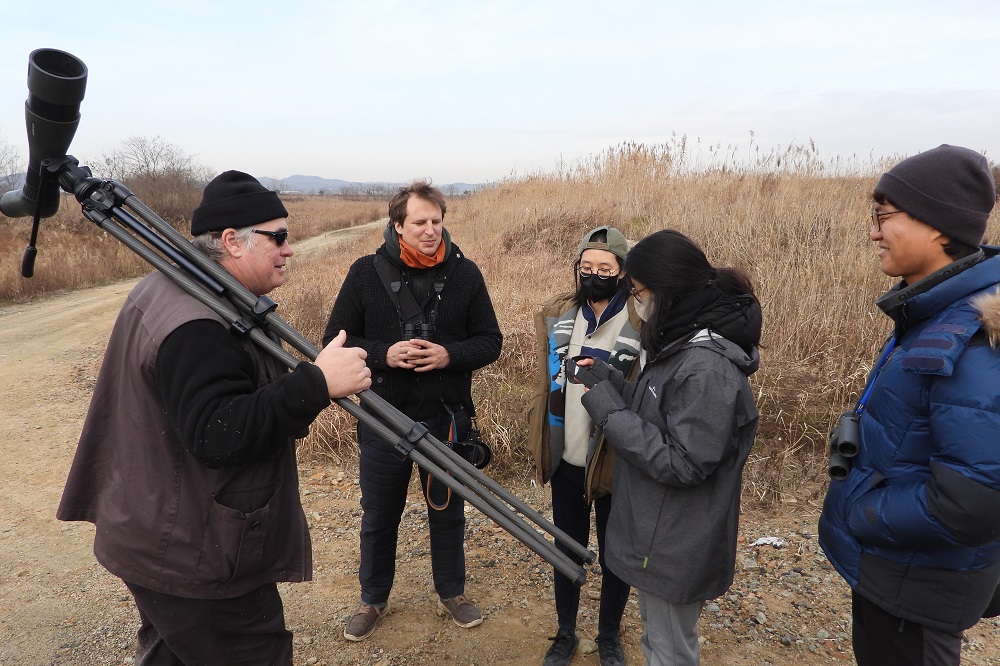Dr. Nial Moores (Birds Korea), Prof. Dr. Amaël Borzée (Birds Korea, Nanjing Forestry University), Dr. Bernhard Seliger (Birds Korea, Hanns-Seidel-Foundation Korea), Felix Glenk (Hanns-Seidel-Foundation Korea), CEO Doug Watkins, Min-jong Jeon, Yeonah Ku & Brenda Lim (East Asian-Australasian Flyway Partnership) and Jung Hanchul (Korean Federation for Environmental Movement).
As part of the 2020 International Symposium for the Hwaseong Wetlands “Getting the Benefits of Conservation: Hwaseong Wetlands”, a survey on the afternoon of December 1st (only Bernhard Seliger and Felix Glenk) and on December 2nd (whole day) again showed the overwhelming importance of the Hwaseong Wetlands for the conservation of waterbirds in Asia and beyond. A total of more than 20,000 birds was counted, among them:
- 16,000 Greater White-Fronted Geese (on their roost in the early morning of December 2nd)
- 3,000 Tundra Bean Goose
- at least five Taiga Bean Goose and one Snow Goose
- 1.300 Eurasian Curlew (afternoon of December 1st)
- 820 Dunlin
- 703 Red-breasted Merganser
- At least 150 Common Shelduck (afternoon of December 1st)
- 210 Grey Plover
- Still one Pied Avocet (present for some time now)
- 13 Whooper Swans (on December 1st, on a nearby reservoir outside of the survey area, more than 30 additional Whooper Swans were recorded)
- 750 Great Crested Grebe
- 300+ Black-necked Grebe
- Little Grebes (more than 20)
- 3 Oriental Storks (not banded)
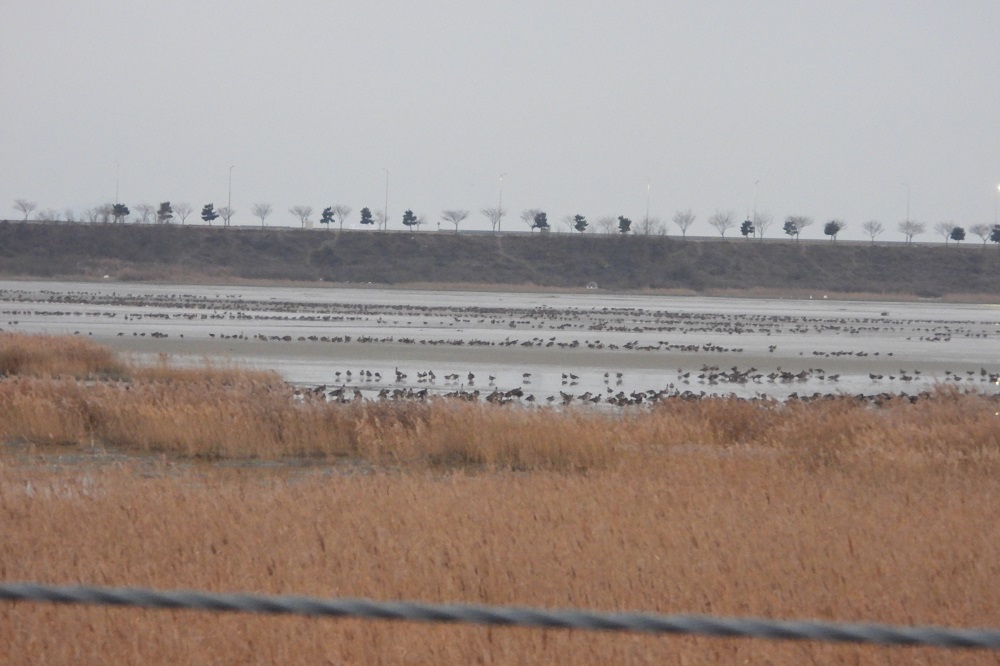
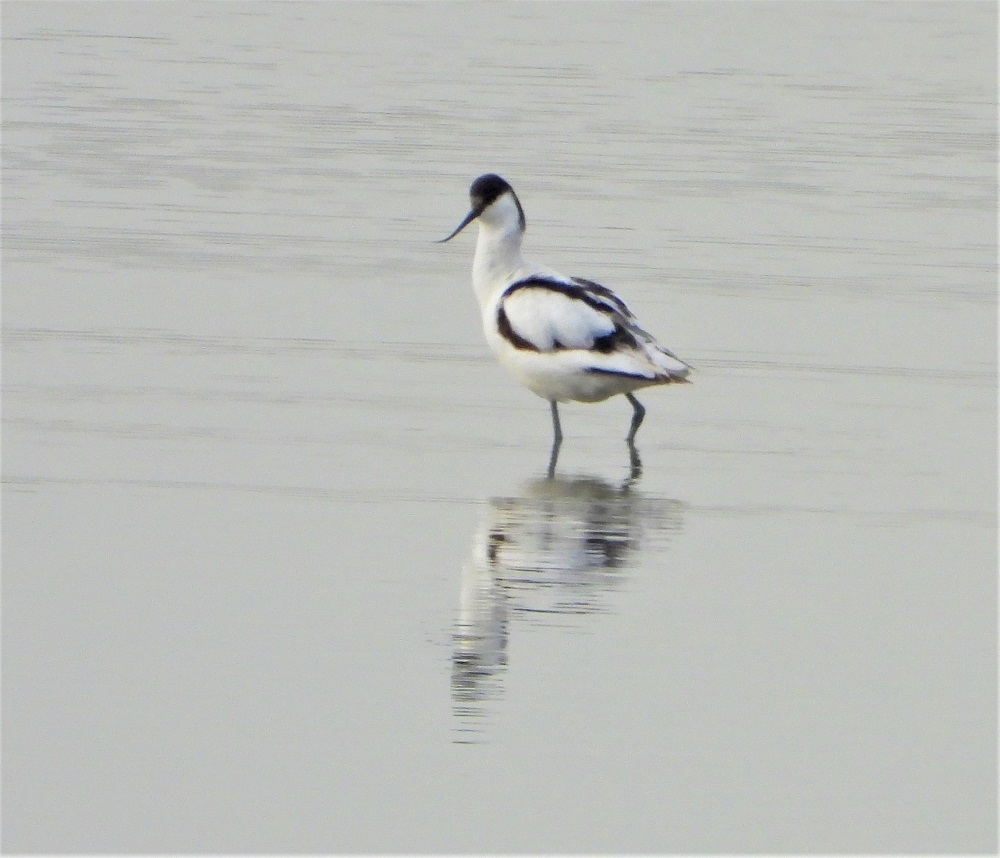

Other shorebirds included five exceptionally late Black-Winged Stilt, around 10 Far Eastern Oystercatcher (on the afternoon of December 1st), single Common Greenshank, Green Sandpiper, Common Snipe and Northern Lapwing with additional waterbirds of interest Eurasian Bittern (2), and Eurasian Spoonbill (more than 50). Also, there were more than a hundred Great Egret and dozens of Great Cormorants.
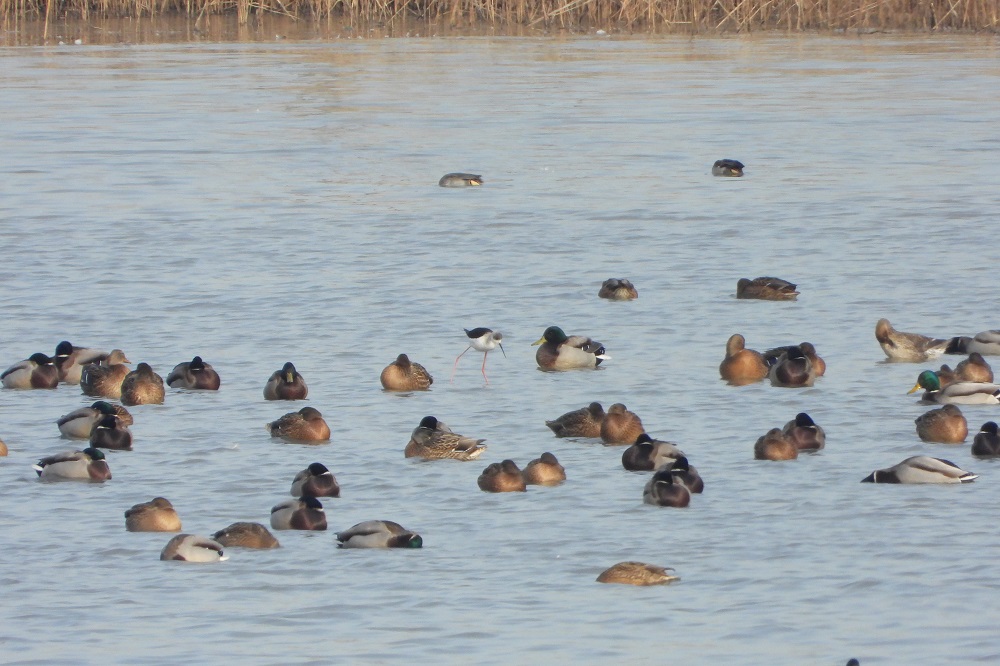
Ducks include Northern Shoveler, Falcated Duck, Eurasian Wigeon, Eastern Spot-billed Duck, Mallard, Northern Pintail, Eurasian Teal, Common Pochard, Tufted Duck, Greater Scaup, Common Goldeneye, and Smew, Common Merganser and the aforementioned Red-Breasted Merganser. Gulls included 440 Black-headed Gulls, 15 Saunders’s Gulls, plus dozens of Black-tailed and Vega Gulls.
Another highlight were raptors, with a stunning adult (female) Steller’s Sea Eagle present on both 1st and 2nd, five White-tailed Eagles, one Upland Buzzard, eight Eastern Buzzard, one Northern Goshawk, at least seven Hen Harriers, seven Common Kestrel and one Merlin.
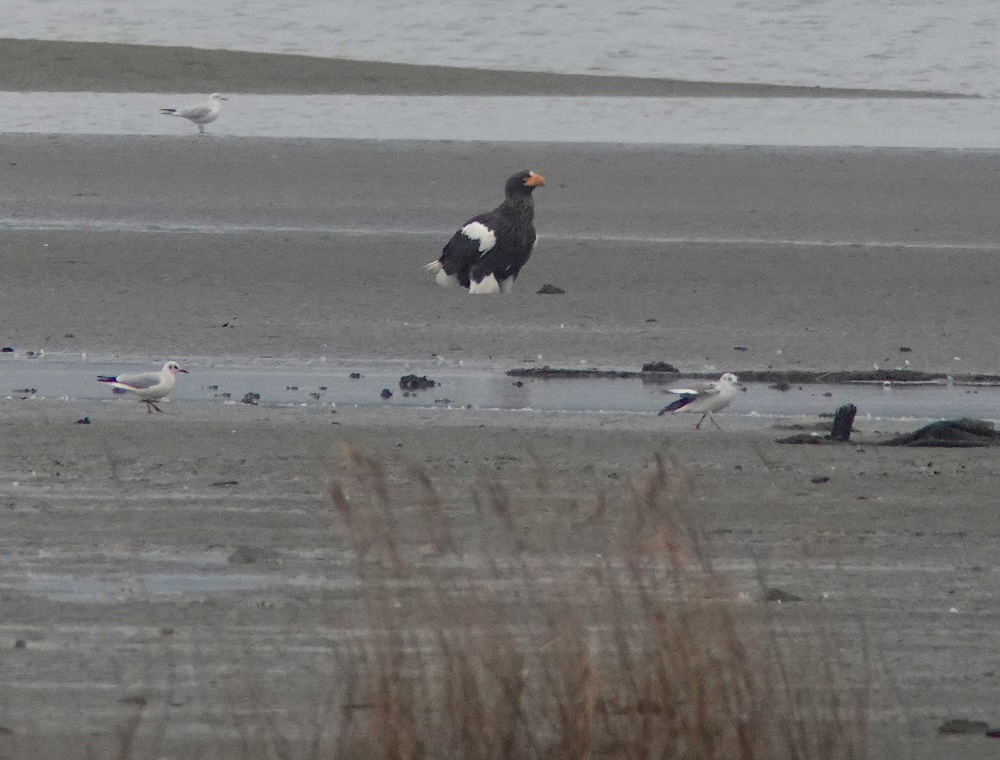

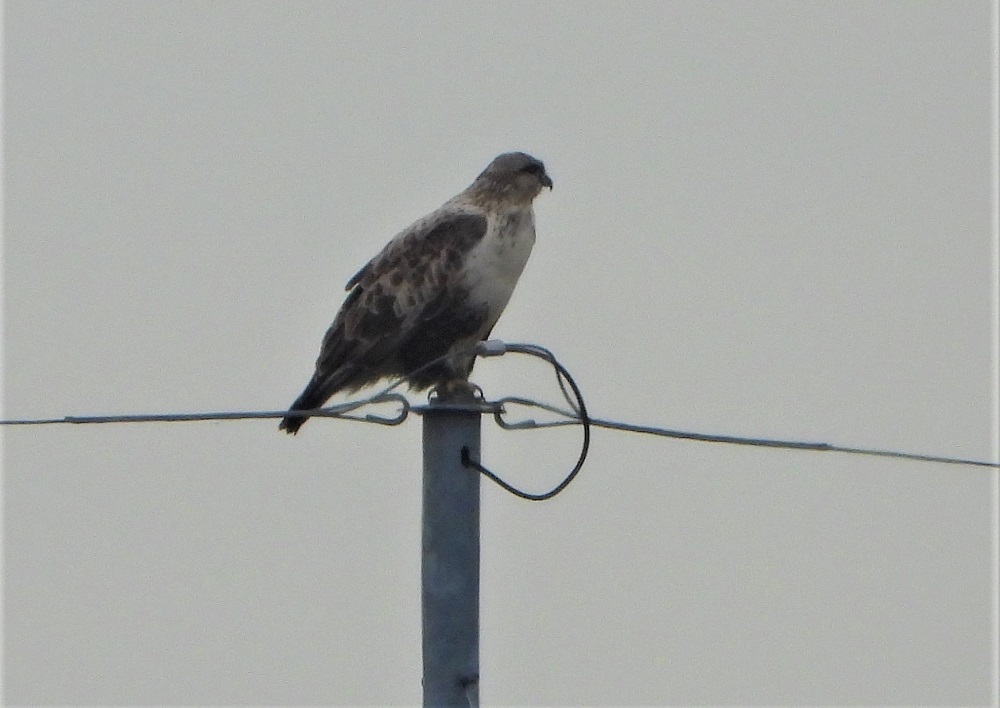
Other birds of note include at least five Bull-headed Shrikes and two Chinese Grey Shrikes, one Eurasian Hoopoe, one Carrion Crow, 40 Chinese Penduline Tits, at least 90 Buff-bellied Pipits, 50 Lapland Longspur and other buntings, including Rustic Bunting, Yellow-throated Bunting, Black-faced Bunting, Pallas’s Reed Bunting, Common Reed Bunting and Ochre-Rumped Bunting.
Finally, the very last light of the day brought another highlight: two Eurasian Eagle Owls, both calling, seen at very close range.
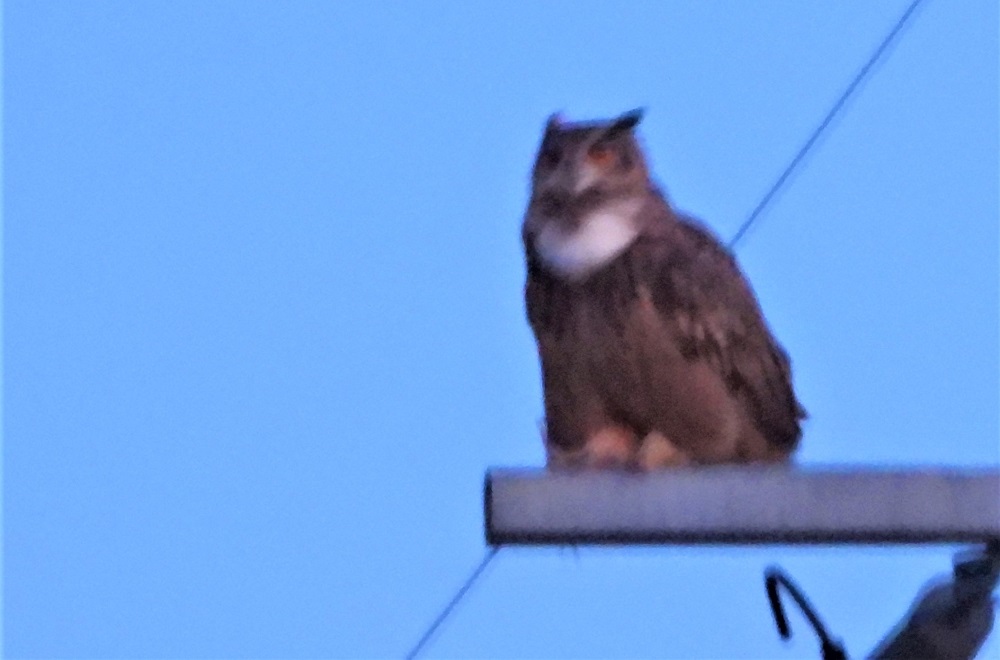
All in all, two wonderful days, starting with an important conference (co-organised by Birds Korea, and joined remotely by at least a dozen members form Yeoncheon south to Busan) to discuss the future of the Hwaseong Wetlands, followed by some excellent birding there, which revealed the national and international importance of the wetland for numerous species. With appropriate management in a non-intrusive and cost-effective way (like a slight manipulation of water levels) these wetlands could even increase their value. However, like everywhere in the country, there are also great challenges, including plans for industrial and military development. Hopefully, the wetland will also be superb for future generations of birds and bird-lovers, and thereby also serve the community of Hwaseong people well, who more and more recognize the treasure the wetlands are for their city.
